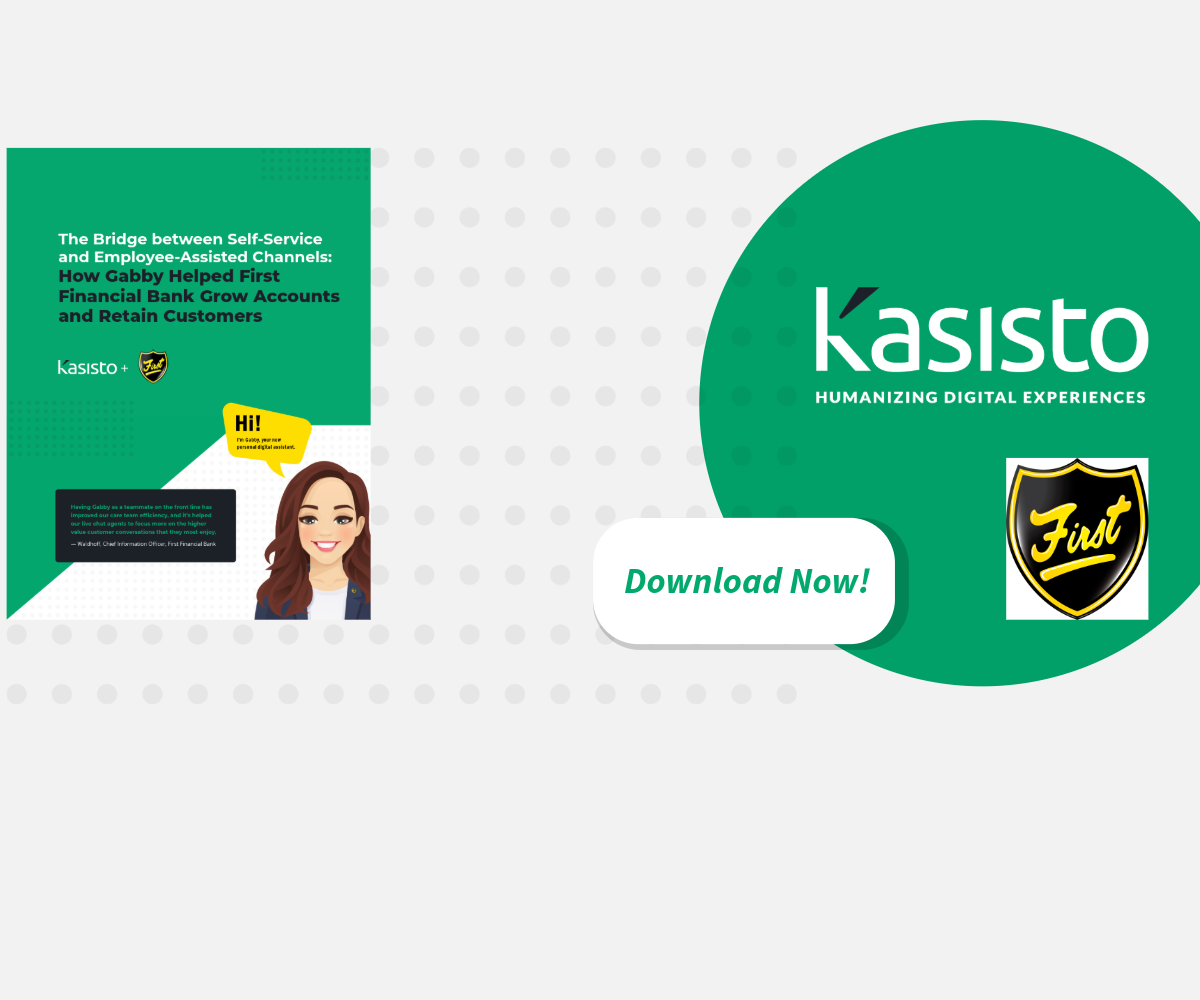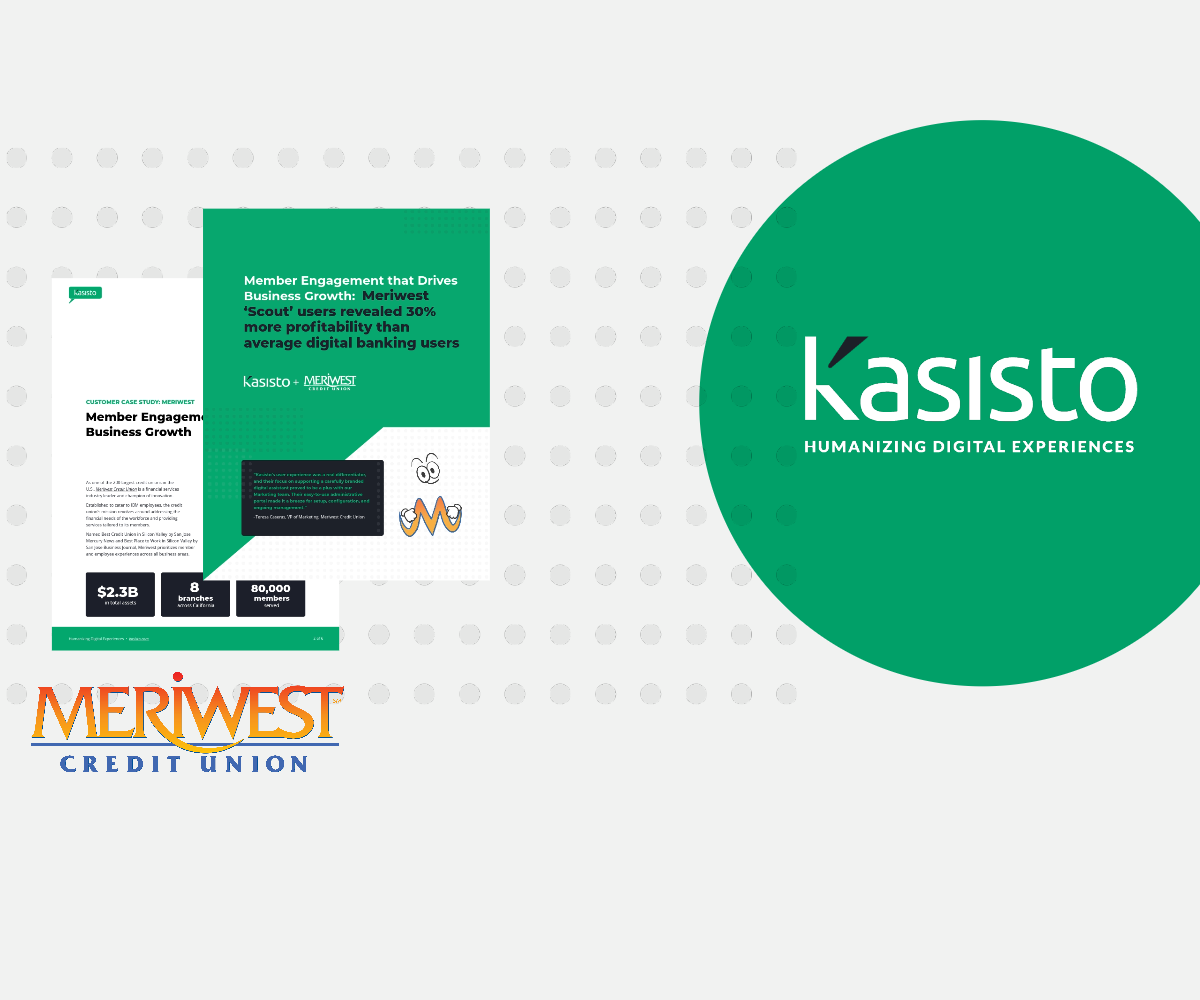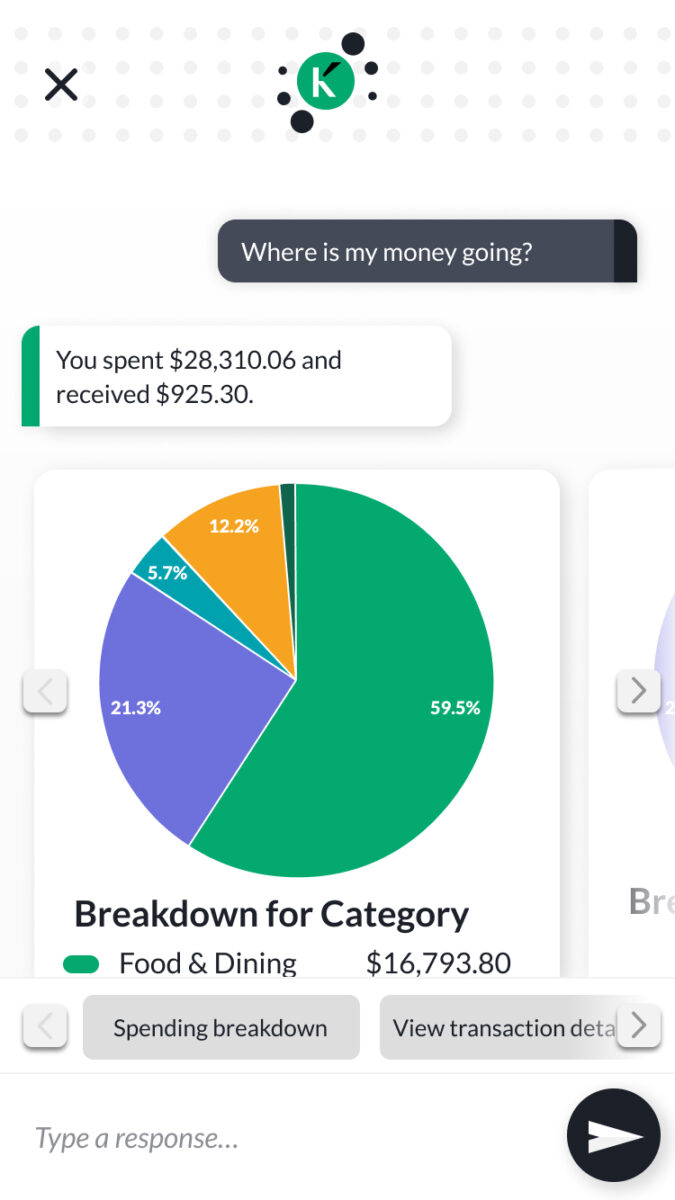Our Products
Explore our suite of solutions personalized for your community bank or credit union.
Let Kasisto help you lead into the horizon by uncovering the best path to a generative AI-backed, future-ready position in the FinTech market.

The injection of artificial intelligence into traditional banking paradigms has already dramatically reshaped banking operations. As financial institutions seek transformative…

NEW YORK, NY – February 22, 2024 – First Financial Bank, the 5th Oldest National Bank in the United States,…

In the rapidly evolving landscape of modern banking, integrating artificial intelligence (AI) with banking chatbots isn’t just a technological novelty;…

NEW YORK, NY – November 21, 2023 – Meriwest Credit Union, a San Francisco Bay Area-based financial institution, has achieved…

The impact of AI on many aspects of the banking ecosystem have been well documented, especially as it relates to…

Generative AI Transformation Series Part 4 In recent months, we’ve been exploring the different financial institution stakeholders impacted by the…

Generative AI Transformation Series: Part 3 Our previous blog post provided an overview of the different financial institution stakeholders impacted…


Generative AI Transformation Series Part 2 In recent months, we’ve been exploring the different financial institution stakeholders impacted by the…
Explore our suite of solutions personalized for your community bank or credit union.
